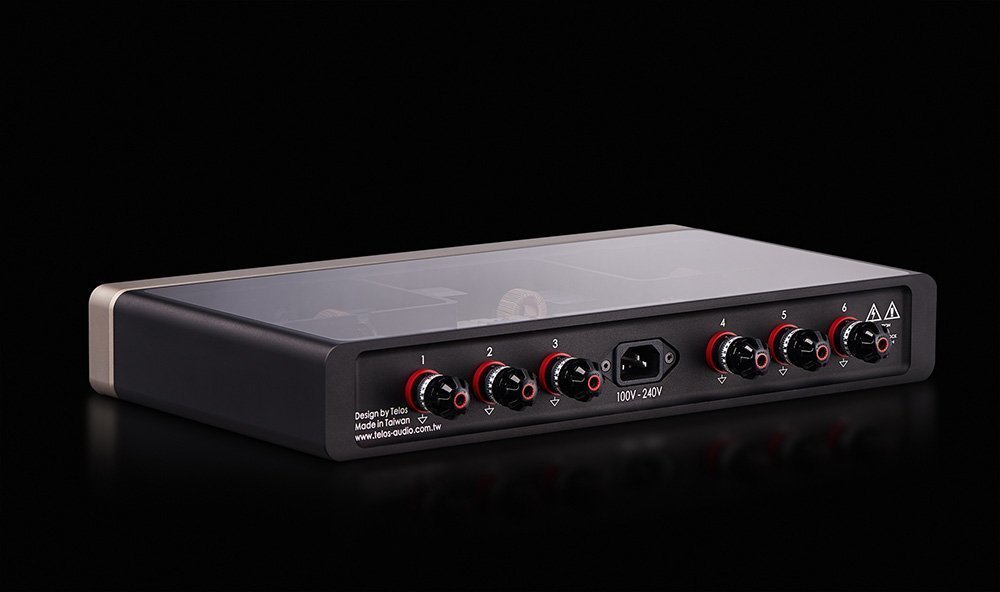Grounding Noise Reducer V5.1
Active Grounding Box
A brief explanation of V5.1 technology...
After long term research by Telos Audio Design’s founder Jeff Lin, Telos is now able to offer improved performance of their GNR, GNR Mini and QNR by employing their newly developed V5.1 technology. The GNR is now manufactured incorporating the V3.1 upgrade as standard.
For the version V5.1 upgrade, each individual part is hand-selected in a similar way to the method used by FM Acoustics. The parts are closely examined, tested and listened to by only two engineers who have this level of expertise. The result is that on average, only 1 part is approved of 16 parts purchased by the company.
As you can imagine, this procedure is very time consuming…and costly, because all of the parts that do not meet Telos’ high standard are discarded. Telos has purchased more than 10,000 parts and hand-selected the ones to be used in their V5.1 products one-by-one. Only hundreds of the 10,000 parts have passed this rigorous testing.
TELOS technical team proposes the use of CPU within the GNR to calculate and generate high precision Ground reference voltage. Grounding is achieved by connecting the audio equipment to the binding posts of TELOS GNR that carry the Ground reference voltage. By doing so, GNR is able to truly correct the Ground reference point for the equipment chassis, audio circuitry and the Ground connection.
Manufacturer's description:
Grounding facility has always been there for the sole purpose of safety. For example, shock hazard prevention, lightning protection, noise shielding and other functions.
In an audio setup, ineffective grounding has an immediate impact on the background noise. This translates to poor sound quality and greatly worsens the listening experience.
Present Situation
It is almost impossible to get satisfactory grounding facility, let alone one that meets the requirements for audio use. Most of the time, they only adhere to the minimum safety requirements. The common ones have the Neutral wire and the Ground wire connected together, or there is no Ground on the receptacles, leaving the Ground wire unconnected. This allows noise from the home appliances to pollute the Neutral wire, hence, causing interference. Electrical appliances like inverter air conditioners and those with switching power supplies, like computers, generate the highest level of interference.
When the electrical reference point is polluted with noise, it could get into the signal path and you could hear it as noise. The noise could potentially enter the digital circuit and cause bit error.
The Pros and Cons of Passive Audio Grade Grounding Box
Passive grounding boxes out there are made using materials with good conductivity like copper plates, copper rods, copper mesh, mineral powder or some composite substance. The good point about the passive, simulated Ground is that it is very easy to make. In fact, most of them can be made easily.
The challenge is that passive grounding could only alleviate voltage change. They are not able to provide near Ground reference voltage. Hence, it is not able to quickly stabilize the fluctuating potential difference between the audio equipment. This could be liken as ships on the ocean, always floating, the Ground reference is never stable enough.
At the same time, the properties of the minerals or electrolyte will change over time and need to be serviced on a regular basis. This includes material replacement, realignment, or replenishing of the electrolyte before the effectiveness could be restored again.
More Info: Link to Manufacturer Website




